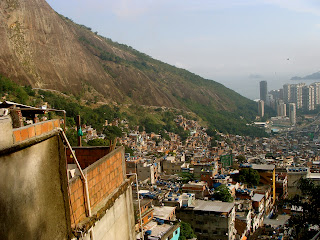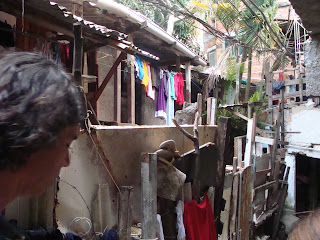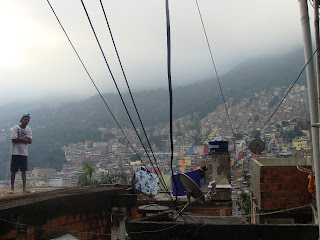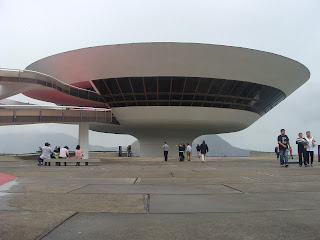The journey throughout Rio has taught me both about the city and also about myself. This experience is one that I will never forget. To have experienced the landscapes, the growth of urbanism, and different settlements of social groups, different styles of architecture influenced by the overall culture, and most importantly how the country is moving forward in terms of sustainability and green infrastructure is an eye opening experience to any individual traveling to South America for the first time. To have the ability to emerge myself in a distinct growing culture, has opened doors to endless opportunities.There's something about traveling to a new country that you learn more than what you would've learn through text books, presentations or movies.
First and for most, the stigmas and stereotypes. For safety regulations, most of the friends, teachers and families that I talked to prior to leaving for this trip, were half excited and half worried for my friend and I. Though, I am thankful and appreciative of their concerns, I was excited that this trip would be conducted by two individuals, rather than an entire group. The toughest task was our 0 knowledge of Portuguese. Little did I know I would return to the states, falling in love with a language, a culture, and the country. Having the background in Spanish helped so much, and picking up the language in a matter of weeks felt so gratifying. Being able to connect with the people rather than experience the country itself, behind a glass, or within a bubble, was my major concern and a big goal, that my colleague and I definitely achieved on this trip. Not only from our experience but also from other individuals who we met traveling. Speaking with the locals of the area not only taught us about the differences in culture, but they also inform you about some of the realities, social issues and most importantly about the history of their city. Not only, have I learned to maintain persistent and perseverance but to also maintain an open mind about the differences types of cultures.
Brasil itself is a very diverse country, with so much potential and opportunities, it is worth going out there to reach out to new opportunities. This country has really affected my education, and has inspired me to expand in my field of work to focus on sustainable architecture and designs. Rio is growing in sustainable education, at market squares, most souvenirs will be from recycled products. However on the other hand, it still deals with a lot of other issues within the different favelas. Due to their disconnection with proper trash collection along with other important services, their drinking water is cycled through improper piping that is wasteful and not hygienic.
I can't express my gratitude enough, to the faculty at the Landscape Architecture Department, and the SEBS International Scholarship Program for allowing this opportunity to land in my way. It has only motivated me to move forward in my education, expand my cultural awareness, and most importantly be an example to other future students who plan on traveling.
Don't miss out or presentation on Brazil: Talks October 3rd. CDL 3:55pm
Also TBD: Our exhibition will be held in November so stay posted for that event.
-Obrigada






































 Here you can see a small pocket of green space at our host home.
Here you can see a small pocket of green space at our host home.

